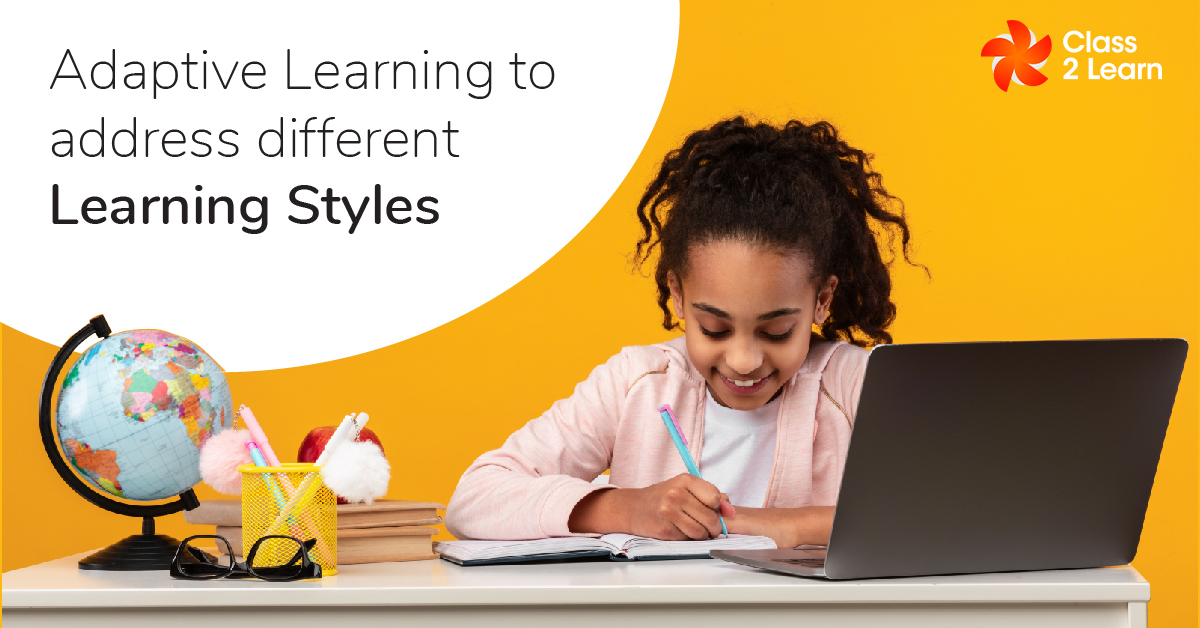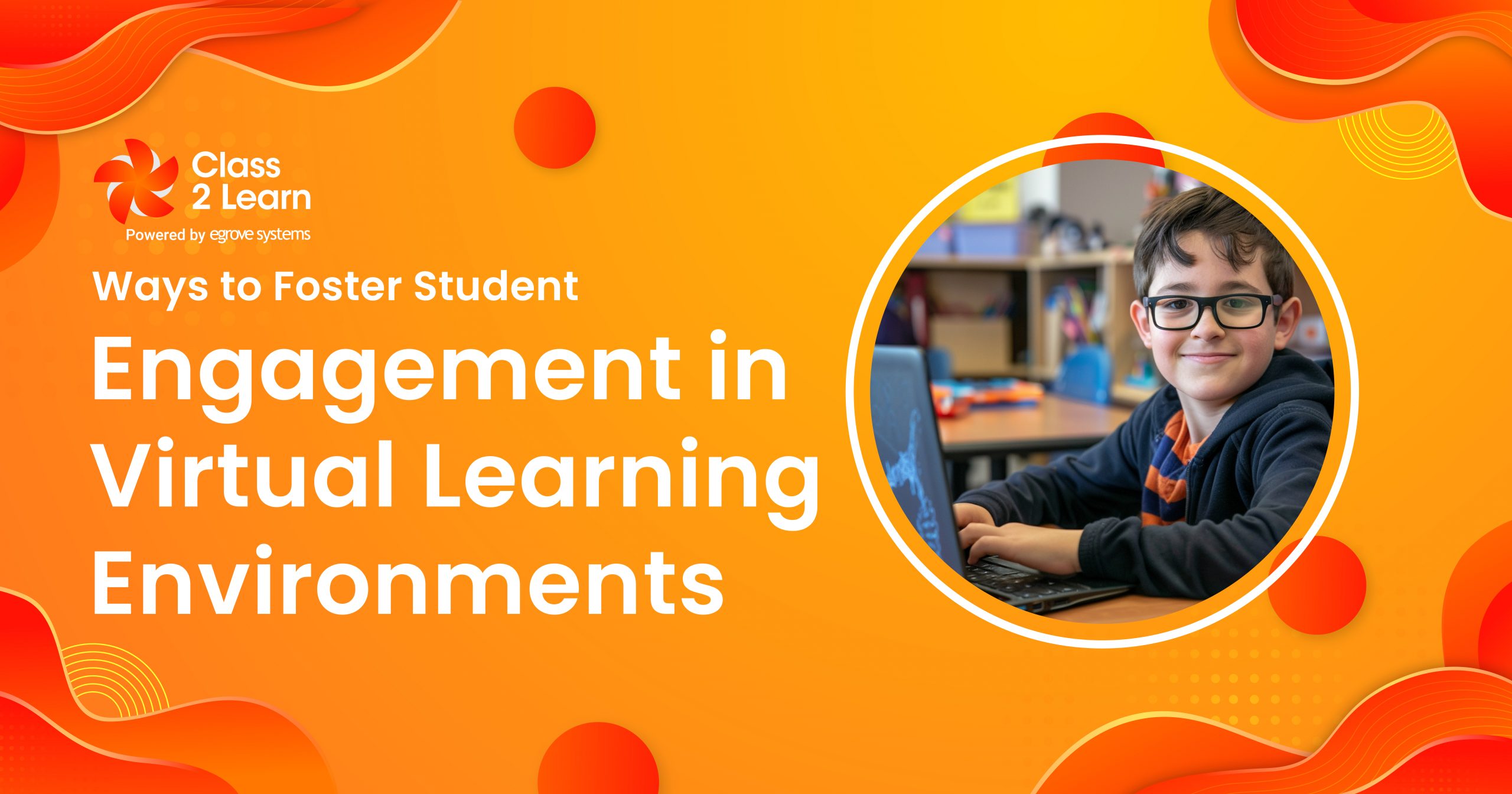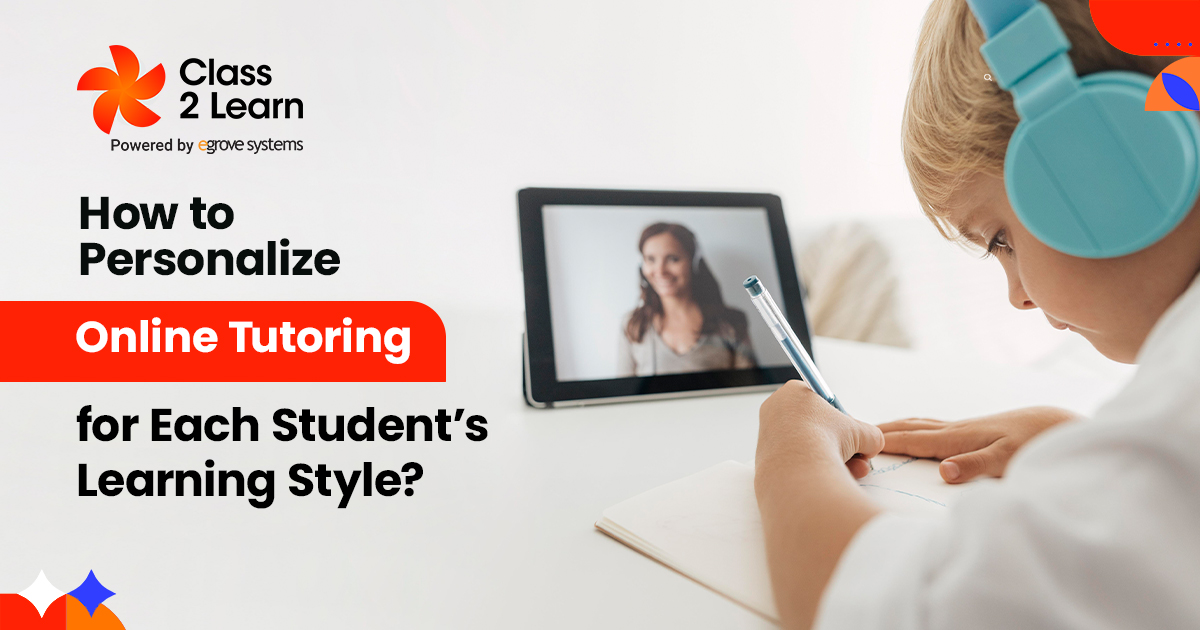For a long time, it’s been known that different students learn better through different methods, and educators have tried to apply these various styles of teaching to make their lessons more effective. When it comes to digital learning, courses can be inflexible and taught in a strict, linear way that doesn’t suit all learners, and individual teacher intervention is harder to get. However, with the advent of adaptive learning tools, digital lessons and courses can now be precisely tailored to individual student needs and learning preferences.
What Are Learning Styles?
Educators have identified styles of learning that work best for different kinds of learners. Several theories have categorized different learning styles, such as the VARK (Visual, Auditory, Reading/Writing, Kinesthetic). Visual learners learn best by looking at the subject matter through graphs, symbols, images, and other visual representations.
Auditory learners absorb and retain information through lectures, discussions, and other spoken reinforcement. Reading/writing learners perform the best when it comes to reading texts and other written materials, and writing down information as in-class notes or writing assignments. Kinesthetic learners benefit from hands-on learning experiences that involve participation and interaction.
While these aren’t universal, finding the right solution keeps students engaged and makes them retain the information taught.
How Adaptive Learning Works
The use of adaptive learning technologies allows teachers to adapt their methods and materials based on the progress of their students. It may respond to how well the student is doing in the course thus far, identify their areas of difficulty, and adjust to their learning preferences. Effectively, it tailors instruction to each student without needing a hands-on assessment of the best method from the teacher, saving them significant resources and letting them know much sooner when a student is having trouble. As a result, managing big classes may be accomplished with minimal communication. When there are hurdles to contact between students and instructors outside of planned periods, that feature can be helpful in remote learning.
Adaptive learning can be designed by an instructor, or it may be able to decide how to serve content algorithmically. An instructor can set up procedures that react to how students perform to determine what is assigned next. This can be as simple as inserting additional remediation for students who fail while successful students proceed, or it can branch into multiple options depending on different approaches students take.
A good adaptive system can ensure that students are always challenged without getting frustrated. Students who have mastered a topic won’t receive repeated content that will bore them, and students who struggle with a topic can get a fresh approach. Striking this balance ensures that advanced students are continually challenged, while struggling students are not left behind, without adding work for the instructor.
There can be more adaptability factors than the quality of performance and the level of knowledge demonstrated, which is where learning styles thrive. Students can be given a chance to choose content preferences such as visual vs. auditory learning or have them determined based on their past successes. Students who give wrong answers that indicate certain misconceptions or misunderstandings of the subject matter could be steered into alternate teaching styles for those topics.
Predictive analysis can identify the student’s most and least successful learning styles and modify the lessons accordingly. Visual learners can be given lessons that focus on graphical teaching, while auditory lessons can emphasize lectures or course videos with narration to reinforce concepts. The same concept can be taught in many ways.
Effects on Course Design
Online courses today combine all kinds of teaching tools into a curriculum. Course platforms use a library of recorded videos to teach topics. Multiple-choice quizzes and tests are given to review the progress of students and quickly get results. Videoconferencing and discussion boards are used to simulate class discussion. It’s useful to categorize these tools based on how adaptive designs can use them and their role in different learning styles.
Performance-based adaptations will generally be determined by the algorithm by giving more or less challenging assignments or changing the pace based on past results. But altering the type of learning style, like recommending a video rather than a reading assignment, can change the choice of the teacher or the student as well. Students can direct their learning experience based on their preferences, and the adaptive tool can determine if their choice is successful or if another approach would be better.
Educational technology developers are introducing adaptive learning to help students and instructors. In the future, adaptive learning will play a major role in learning management systems; inflexible platforms that can’t serve all students well will be at a disadvantage.





Add comment